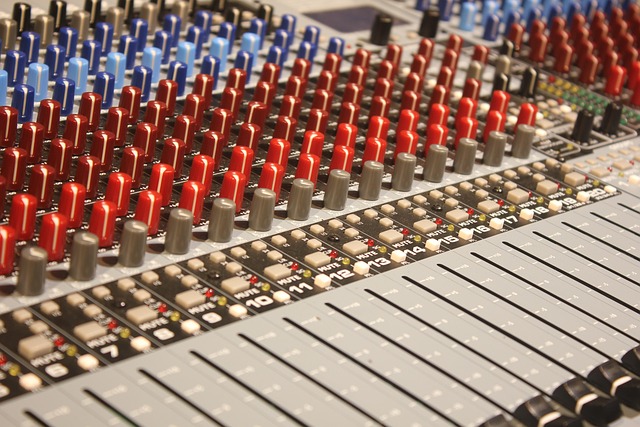Creating the perfect home cinema involves a meticulous balance between every element, from the visuals displayed on the screen to the sounds that fill the room. One of the most important concepts in achieving great audio quality is the signal-to-noise ratio. This term might seem technical, but it essentially refers to the clarity of your audio versus the unwanted background noise that can muddy your listening experience. For anyone passionate about audio recording, understanding how to optimize this ratio can make a world of difference in your home cinema setup.
Imagine sinking into your favorite cinema chair, the lights dim, and as the film begins, the crisp dialogue and the rich sound effects envelop you. That’s a perfect audio experience—one where you can easily distinguish the signal (the rich audio from the film) from the noise (those pesky sounds that intrude on your immersive experience). You want to hear every whisper, every explosion, without interference from buzzing appliances or echoing walls.
To enhance your signal-to-noise ratio, start by investing in quality audio equipment. High-end microphones and speakers can provide a clearer signal right from the source. Additionally, consider acoustically treating your cinema room. Soft furnishings, such as curtains and cushions, can help absorb unwanted sound, thereby reducing the background noise that competes with your movie audio.
Another effective technique is to keep electronic devices that can emit noise away from your audio system. Even devices on standby can introduce interference that detracts from the audio quality. Make it a habit to check cables and connections as well, as they can often pick up noise if not properly shielded.
Proper placement of your speakers can also significantly affect the signal-to-noise ratio. Position your speakers at ear level and away from walls to minimize reflections that could muddy the sound. This way, your ears will receive a direct, clear signal that stands out against any less desirable background noise.
Don’t forget about the role of your audio source. Some streaming services and discs have better audio clarity than others. When possible, opt for lossless audio formats to ensure you’re getting the best quality available. This reduces the likelihood that poor audio quality will detract from your cinema experience.
Incorporating all these elements into your home cinema setup may take some time and effort, but the payoff is worth it. As you optimize the signal-to-noise ratio, you will immerse yourself in an audio experience that complements your viewing. Each film can then become a theater-like experience, with every sound formatted perfectly, enhancing the emotional impact of the stories on screen. Enjoy the journey of fine-tuning your audio-visual space, and get ready for movie nights that will captivate and resonate.


